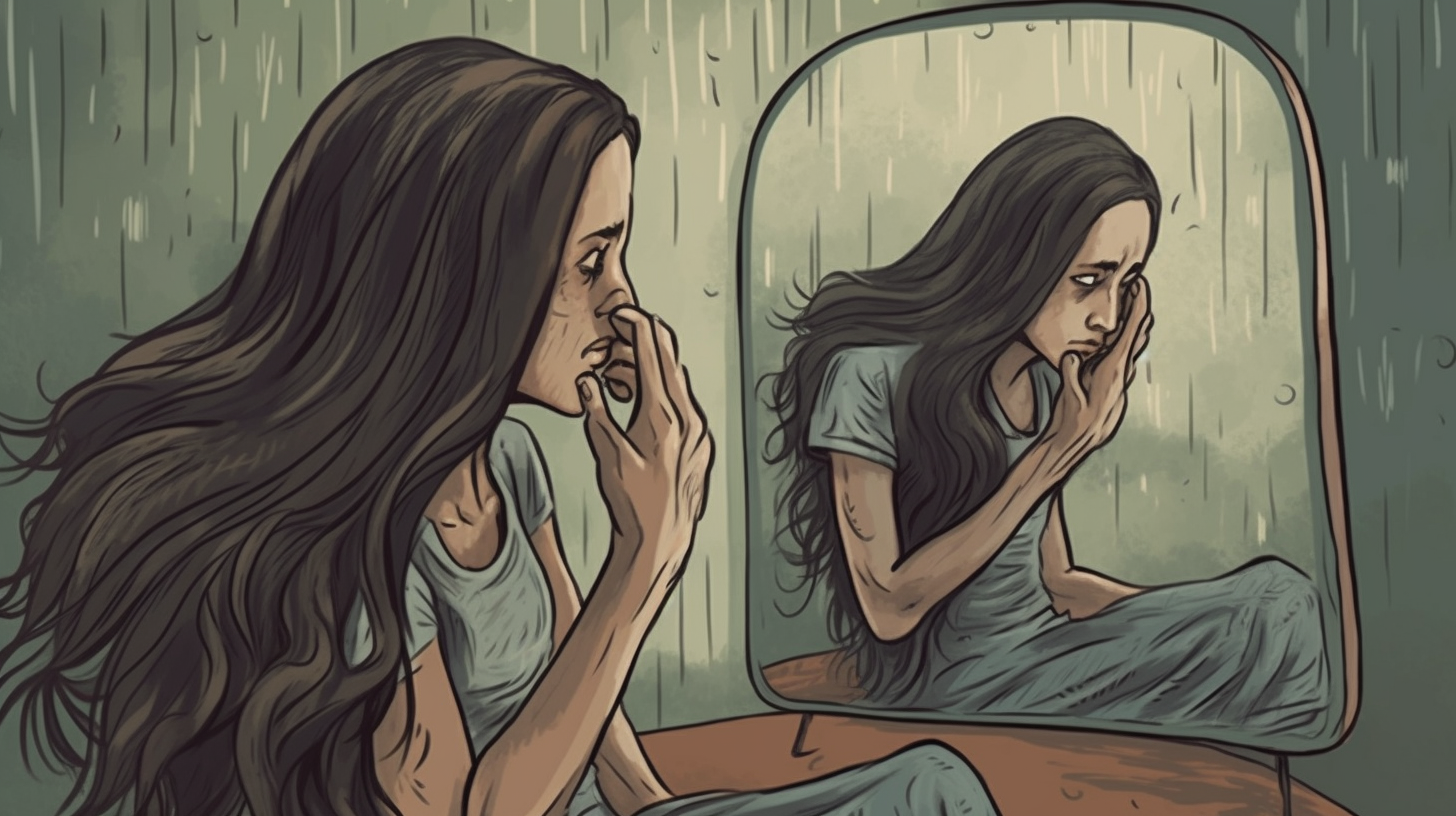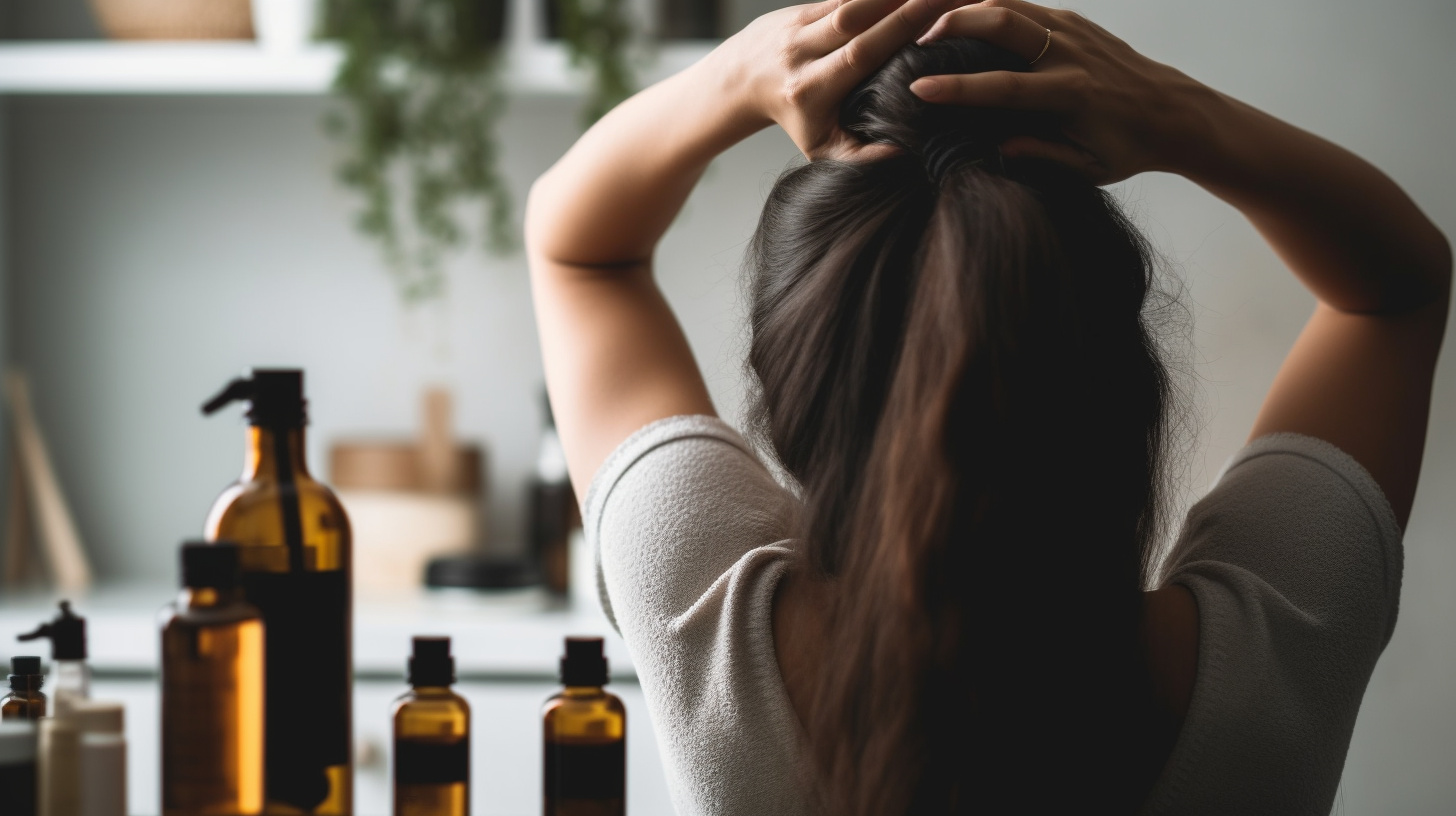How to Repair Damaged Hair: A Comprehensive Guide
Introduction:
Having damaged hair can be a frustrating and disheartening experience. Whether it’s due to heat styling, chemical treatments, or environmental factors, damaged hair can leave you feeling less confident and unhappy with your appearance. But the good news is that damaged hair can be repaired! With the right knowledge, techniques, and products, you can restore your hair’s health and vitality.
In this comprehensive guide, we will explore various methods to repair damaged hair and provide you with practical tips and advice to bring your locks back to life. From understanding the causes of hair damage to implementing effective repair strategies, we’ve got you covered. So let’s dive in and discover how to repair damaged hair!
Understanding Hair Damage
Before we delve into the solutions for repairing damaged hair, it’s essential to understand what causes hair damage in the first place. Hair is made up of a protein called keratin, which gives it strength and structure. When this protein becomes weakened or depleted, it leads to various signs of damage such as dryness, frizz, breakage, and split ends.
Here are some common causes of hair damage:
- Heat Styling: Excessive use of hot tools like straighteners, curling irons, and blow dryers can strip moisture from your hair and weaken its structure. The high temperatures can cause the cuticle (the outer layer of the hair) to lift, leading to frizz and breakage.
- Chemical Treatments: Chemical processes like coloring, perming, relaxing, and rebonding can significantly damage the hair if not done correctly or if done too frequently. These treatments often involve harsh chemicals that break down the protein bonds in your hair.
- Environmental Factors: Exposure to the sun’s UV rays, pollution, and harsh weather conditions can take a toll on your hair. UV rays can weaken the protein structure of your hair, while pollution and weather extremes can cause dryness and damage.
- Poor Hair Care Practices: Using harsh shampoos, brushing aggressively, towel-drying roughly, and sleeping on rough pillowcases can all contribute to hair damage. These practices can lead to tangling, breakage, and further moisture loss.
Assessing Your Hair Damage
Now that you understand the causes of hair damage, it’s crucial to assess the extent of your hair’s condition. This will help you determine the appropriate repair methods and set realistic expectations for the results.
Take a close look at your hair and consider the following indicators of damage:
- Dryness: Does your hair feel rough, brittle, or lacking moisture?
- Frizz: Do you struggle with unmanageable frizz and flyaways?
- Breakage: Are you experiencing excessive breakage or noticing shorter strands?
- Split Ends: Do you have visible split ends that give your hair a frayed appearance?
- Elasticity: Does your hair stretch before breaking or snap easily without any elasticity?
If you notice multiple signs of damage, it’s likely that your hair needs repair. However, if you only have minor issues like occasional frizz or a few split ends, implementing preventive measures might be sufficient to maintain healthy hair.
Repairing Damaged Hair: Step-by-Step Guide
Now that we’ve covered the basics, let’s move on to the step-by-step guide for repairing damaged hair. These methods have been proven effective and can help restore your hair’s health and beauty.
Step 1: Trim Regularly
The first step in repairing damaged hair is to get a trim. While it may seem counterintuitive to cut your hair when you’re trying to make it grow, trimming off the damaged ends is crucial for preventing further breakage. Regular trims every 6-8 weeks will help remove split ends and promote healthier hair growth.
Step 2: Use Sulfate-Free Shampoo
Switching to a sulfate-free shampoo is essential for repairing damaged hair. Sulfates are harsh detergents that strip away natural oils from your hair, leaving it dry and prone to damage. Look for shampoos that are labeled “sulfate-free” or “gentle” to cleanse your hair without causing further harm.
Step 3: Deep Condition Regularly
Deep conditioning treatments are a game-changer when it comes to repairing damaged hair. Invest in a good-quality deep conditioner or hair mask and use it at least once a week. Apply the product generously from root to tip, leave it on for the recommended time, and rinse thoroughly. Deep conditioning helps replenish moisture, improve elasticity, and restore shine.
Step 4: Limit Heat Styling
To repair damaged hair, it’s crucial to reduce your reliance on heat styling tools. Excessive heat can further weaken your already fragile strands. Embrace air-drying whenever possible, or if you must use heat, apply a heat protectant spray before styling and use the lowest temperature setting that achieves your desired look.
Step 5: Minimize Chemical Treatments
If you want to repair damaged hair, it’s best to give your tresses a break from chemical treatments. Avoid coloring, perming, or relaxing your hair until it has regained its health. If you can’t resist the urge to change your hair color, consider using non-permanent options like semi-permanent dyes or henna.
Step 6: Protect Your Hair from Environmental Damage
Shielding your hair from environmental damage is crucial for repairing and maintaining its health. Wear a hat or use UV-protective sprays when spending time in the sun. Additionally, protect your hair from chlorine and saltwater by wetting it with clean water before swimming and rinsing thoroughly afterward.
Step 7: Eat a Healthy Diet
Repairing damaged hair requires nourishment from within. Make sure to include foods rich in vitamins, minerals, and proteins in your diet. Foods like salmon, eggs, spinach, nuts, and avocados provide essential nutrients that promote healthy hair growth.
Step 8: Try Home Remedies
In addition to professional products and treatments, there are several home remedies you can try to repair damaged hair:
- Coconut Oil: Apply warm coconut oil to your hair as a pre-shampoo treatment to moisturize and strengthen it.
- Aloe Vera Gel: Massage fresh aloe vera gel into your scalp to soothe irritation and promote healthy hair growth.
- Egg Mask: Beat an egg and apply it to your hair as a mask. The proteins in eggs help repair damage and add shine.
- Honey: Mix honey with your conditioner to provide extra moisture and shine to your damaged hair.
Note: It’s important to remember that not all home remedies work for everyone. Patch test any new ingredient or treatment on a small section of your hair before applying it all over.
Conclusion
Repairing damaged hair is a process that requires time, patience, and consistent effort. By following the steps outlined in this comprehensive guide, you can gradually restore your hair’s health and vitality. Remember to be gentle with your hair, avoid harsh treatments, and nourish it from within.
While complete restoration may not happen overnight, with determination and the right techniques, you’ll soon notice significant improvements in the overall condition of your hair. Embrace the journey of repairing damaged hair, and enjoy the transformation as you regain confidence in your beautiful locks!



